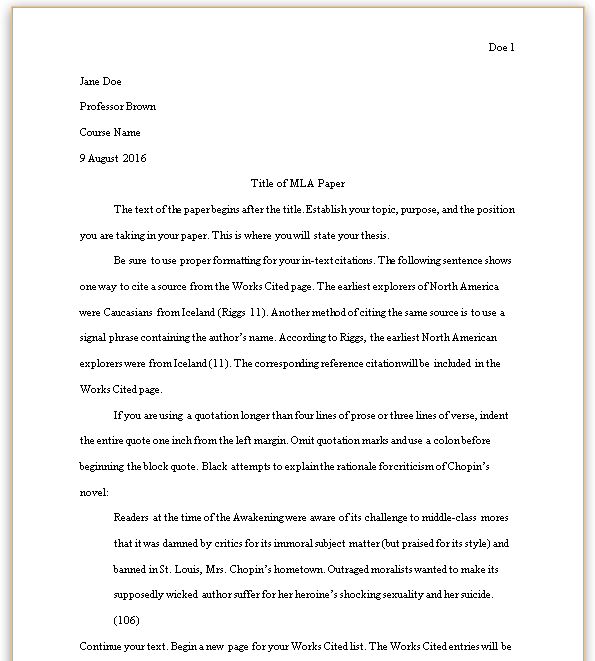The main purpose of this paper is not to produce an essay. The main purpose is to do some slow, careful, open-minded philosophical thinking on a complex ethical topic. This thinking will result in an essay, but that’s only because you are using the essay as a tool for thinking. Your goal should be the slow, careful thinking, not the polished essay at the end.
So, here’s what you should do in your paper:
1. Find a perplexity. Try to find some genuine question or perplexity. Root your paper in a felt question discussed in the course materials, or that came to your mind as you were engaging the materials–a problem that matters to you, an itch that itches you. If you feel an ethical conclusion is obvious (e.g., that abortion is morally permissible or impermissible), then don’t focus on that. Focus instead on a question you find perplexing. For example, if you think it’s obvious that abortion is morally permissible, why do smart, well-informed, rational people disagree with you? This is only one example. The important thing is that you focus on a question that really grips you.
2. Do some thinking. Having found a perplexity, use your paper to do some figuring-out. Make some intellectual gears turn. Your response needs to move or go somewhere–it needs to have a line of thinking. And that line of thinking should go deep enough to connect into some general ethical principles or concepts.
3. Engage with the course materials. While I want to see you do some thinking, it shouldn’t be entirely on your own. After all, other people have thought about these issues too, and it makes sense to learn others’ thoughts, try to understand them, and critically engage with them. It should be clear from your paper that you have spent time working through the course materials on your topic.
Don’t let the first two conditions scare you. I don’t ask that your paper be always tidy, well organized, and perfectly unified. I care more about working through the question than about finding a neat answer. It’s okay if your responses have some loose ends, some signs of struggle. But lack of unity or clarity needs to reflect effort, not lack of effort.
For ideas on different kinds of thinking, check out the Types of Thinking page in the course toolbox.
Topics
You are welcome to write on any of the topics we’ve covered since Paper 1. This includes Euthanasia and physician-assisted suicide, abortion, different theories of justice, racial justice, etc.
Paper Structure
Like any paper, there should be a brief introduction and conclusion. The introduction should contain a thesis statement that summarizes your main conclusions. Other than this, you can structure your paper however you like. If you’re feeling unsure how to do it, here are some suggestions.
Focus on a specific argument or paper
Pick one scholarly paper or argument we’ve studied as your main focal point. Choose one that you found interesting, or confusing, or irritating, or somehow perplexed you. Begin by explaining the paper or the argument in detail, using examples to illustrate the main points. For example, you could explain David Velleman on self-termination, or James Rachel on active vs. passive euthanasia, or Judith Thomson or Don Marquis abortion, or one of the theories of justice we studied, or Ibram Kendi on racism and racial disparities.
Second, critically discuss the paper or argument. This could include discussing what you see as its strong points and also its weak points. Does the author ultimately make a good case for their conclusion? State your view on this and give reasons for your opinion. Are you undecided? Explain exactly why. As you critically discuss it, engage with other course materials. Here’s one example of how you can weave in other sources: “David Velleman argues that we don’t have the right of self-termination, because _____. An act-utilitarian would disagree with him, because _____. I think the utilitarian response fails because ______, but I still think Velleman is wrong, because ______.”
Focus on a general topic or question
This structure has a similar “explain and discuss” format, but your focus is wider. Instead of focusing on a particular paper or argument, focus on a topic or question that grips you. Explain the topic or question, and explain why people disagree about it. Are they disagreeing on facts? on how to interpret facts? If so, which ones? Are they disagreeing on underlying moral principles? If so, which ones? Are they disagreeing on how to apply moral principles? Then explain in
detail one or two perspectives on this topic from the course materials you read. Lastly, explain your own view and exactly how it relates to the perspective you already explained. It’s always good to begin by describing points of agreement and common ground, and then to explain where you disagree, and why you disagree.
Apply a normative theory
Pick one of the topics we’ve studied since Paper 2. Explain the topic and why people disagree about the topic. Then choose one of the normative theories we’ve studied (utilitarianism, Kantianism, virtue theory) and explain how it applies to the topic. To do this well, describe several different kinds of cases, and talk through how the theory applies to each case. For example, if you chose to focus on physician-assisted suicide, you could use the case of Brittany Maynard and the hypothetical case of Rosa. The goal here is to explore how the theory applies in cases that are significantly different from each other.
Research Requirements For a Satisfactory grade:
You will need to engage with and cite at least three (3) sources. One can be a lecture video, but two must be scholarly philosophical papers on your topic. This will help you contextualize your own argument within scholarly discussion that has already taken place. You have already read scholarly papers on each of the topics we’ve studied. If you need additional sources, please first check the optional readings pages in each unit. If you wish to use a reading not listed on that page, please consult with me in advance.
For an Advanced grade:
You will need to engage with and cite at least four (4) sources. One can be a lecture video, but three must be scholarly philosophical papers on your topic. Again, If you need additional sources, please first check the optional readings pages in each unit. If you wish to use a reading not listed on that page, please consult with me in advance.
For either grade:
How you engage the sources is up to you. Here are some examples:
1. Use arguments from one of the authors to support your view. Make sure you give proper credit to that author, and cite the source clearly.
2. Clarify your own view by explaining exactly how it is similar and/or different from the view of one of the authors.
3. Use arguments from one of the authors as the objection to your own view.
Length & Other Requirements Word Count: 700 words minimum for Satisfactory, 1000 words minimum for Advanced. Longer is fine, but don’t add words just to “pad” your essay. More words should reflect more thinking.
Format: Please use 12pt font and 1-inch margins.
Structure: Use section headings. I recommend using sections that correspond to the prompt above. Also, use paragraph breaks: one main thought per paragraph. This makes your paper easier to understand. Use as many paragraphs as you need in each section.
Citations: Include a citation anytime you reference someone else’s words or ideas (this includes paraphrasing someone else). Also include a corresponding bibliography or “Works Cited” list. I don’t care which citation style you use. Just make sure your citation style is clear and consistent, and provides enough detail so I can find the exact quote or passage. For example, citations to a text should always include a page number, and citations to a video should always include a timestamp. The full reference information in the Works Cited list should include the author name, title, publication info, and a link if it’s an online source.
Audience: Imagine you are writing your essay for one of your friends who has not taken a philosophy class. Define all technical terms and use plenty of examples. Try to be so clear that your writing is impossible to misunderstand.
Style: Much academic writing is written impersonally–like it was produced by a machine rather than a person. Don’t write like that. Instead, write in your own voice. Feel free to refer to yourself with the word “I”. Keep your words and sentences simple and clear. Use examples to illustrate and support your claims.
Process Letter Instructions After you finish your draft, write a letter to your readers about the writing process so far. Include this letter in the same file as your draft. Your process letter should be the first page(s), and then start your draft on a new page.
Write this as a letter to your classmates who will be reading your draft.. For example, begin with “Dear Reader.”
Next, please state which grade you are aiming for.
Next, you should respond to some or all of these questions: What do you see as your main points? Tell me the story of how you went about writing and what it was like for you in process? How did you get your ideas? What were some of the choices you made? Which parts went well or badly? Were there any surprises? Are there specific parts of your paper you’d like us (your readers) to give special attention, or do you want specific kinds of feedback?


